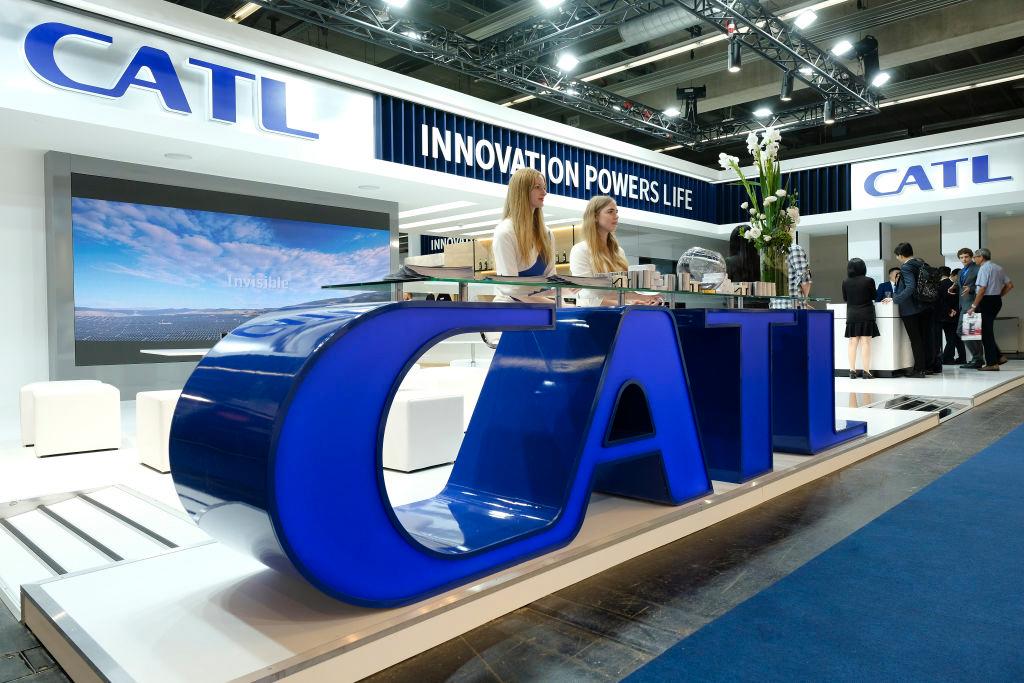Tech billionaire Elon Musk indicated that Fort Knox, the Kentucky-based facility famous for storing U.S. gold reserves, could be investigated.
“Who is confirming that gold wasn’t stolen from Fort Knox? Maybe it’s there, maybe it’s not,” Musk wrote.
The Kentucky senator also believes an audit can confirm that the precious metal “still has value” and can implicitly provide “value to the dollar.”
What Is Fort Knox?
Fort Knox, officially called the U.S. Bullion Depository, was first established in 1918 and named after Maj. Gen. Henry Knox, the first U.S. secretary of war.In 1932, it became a permanent military post. Four years later, the U.S. Bullion Depository, associated with Fort Knox, was constructed to secure the nation’s gold reserves. The first shipment of gold arrived in 1937, transported from the New York Assay Office and the Philadelphia Mint.
It is estimated that Fort Knox holds more than 147 million troy ounces, worth approximately $425 billion.
Reserves originated from various sources, including the U.S. government buying gold from other countries during World War II, international settlements and trade, and mining.
Demands for Fort Knox Audits
For years, there have been calls for the U.S. government to perform a comprehensive audit of Fort Knox.“No one from Congress has been allowed to view the gold at Fort Knox in nearly 40 years,” Paul said at the time.
“This information should be published and available to the American people. This gold belongs to the people, especially since much of it was forcibly taken from them in the 1930s, and the government owes it to the people to provide them with the details of these holdings.”
The bill proposed a comprehensive audit that included an accounting of all transactions, such as leases and swaps, involving U.S. gold holdings in Fort Knox and other facilities.
H.R. 3526 failed to advance through Congress.

A thorough audit of the country’s gold reserves, including at Fort Knox, “is several decades overdue,” Jp Cortez, executive director of the Sound Money Defense League, a sound money advocacy group, told The Epoch Times.
“There are legitimate questions about the status of America’s gold holdings.”
He says that in addition to an in-depth physical accounting for U.S. gold reserves, issues surround claims to the nation’s metal holdings.
Official Accounts
The last comprehensive audit of Fort Knox’s gold holdings was completed in September 1974. Then-Treasury Secretary William E. Simon invited congressional officials to visit the facility and welcomed the press to witness the congressional inspection.“The Mint is clearing away cobwebs and reassuring the public that their gold is intact and safe. For the first time photographing is being permitted inside the Depository,” said then-director of the U.S. Mint, Mary Brooks.
The group notes that no gold bar was examined for purity, serial numbers were not compared against official records, and the full tally of gold bullion was not counted.
“And we know where it is. We know how much it is,” Thorson said. “And we know that it is there and none of it has been removed.”
In August 2017, photos and documents were released of then-Treasury Secretary Steven Mnuchin leading a $27,000 trip to Fort Knox to view the government’s gold stockpile. Other officials, including Sen. Mitch McConnell (R-Ky.), also attended.
The Epoch Times reached out to the Government Accountability Office and the U.S. Mint for comment.







